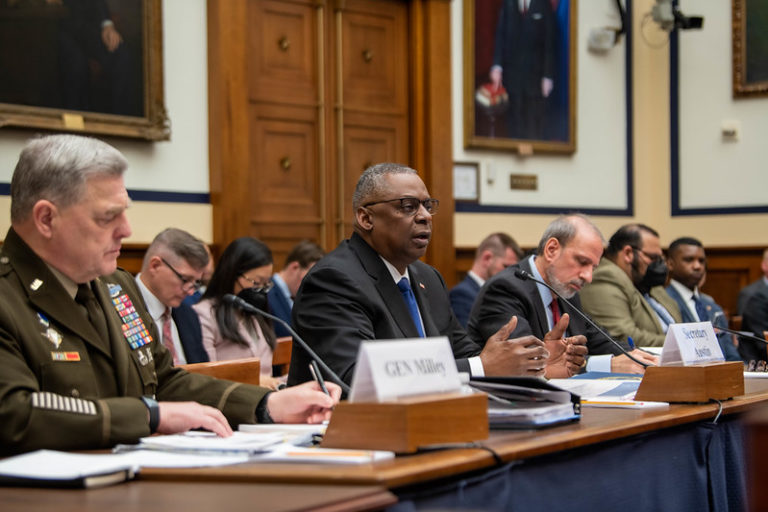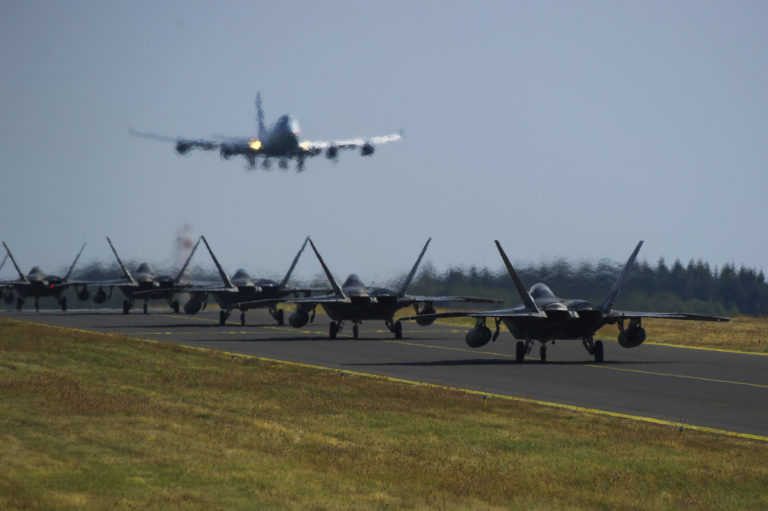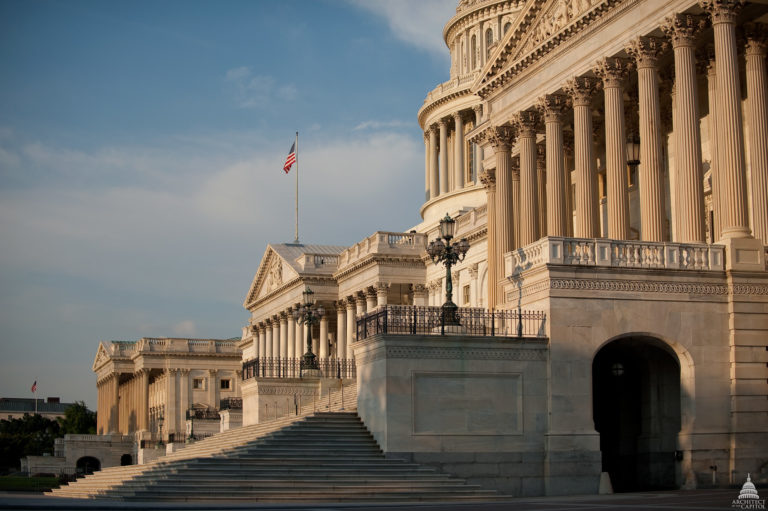Topic: Budget
Read the most recent CSIS research on the U.S. defense budget.
What Are Key Milestones and Decisions Affecting U.S. Defense Spending in 2025?
Congress and the White House face a host of fiscal challenges and decisions over the course of 2025—including the debt ceiling, appropriations for both FY 2025 and FY 2026, and tax cuts—that will impact U.S. defense spending.
Fixing the DoD’s Audit Problem
Achieving the DoD’s audit milestones will not be an easy task, but with the right focus, willingness to think differently about outdated policies, and commitment to funding the improvements needed to systems and data, policymakers may reach the objective.
Bad Idea: Looking for Easy Solutions for PPBE Reform
The defense community needs to manage expectations on PPBE reform and the degree to which it can improve commercial technology adoption, writes Jonathan Wong.
Analysis of the FY 2022 Defense Budget
This report assesses the Biden administration’s FY 2022 defense budget request. It outlines the priorities and potential effects of ongoing strategic reviews, tracks current congressional action on FY 2022 defense appropriations, and identifies key issues for FY 2023.
Bad Idea: Divest to Invest
As DoD pushes to divest legacy platforms, it must consider whether existing forces are capable of meeting operational demands without straining personnel and platforms. If not, the mission set may need to change.
Bad Idea: Managing Defense Requirements, Budgets, and Acquisitions via Programs
Instead of following operational processes that are centered on ever-changing programmatic objectives, DoD ought to focus its efforts at the portfolio level and drive mission impact.
Bad Idea: Beginning the Fiscal Year on October 1
Continuing to start the fiscal year on October 1 will only perpetuate the current pattern of delayed appropriations and DoD programs, writes Robert Hale.
The Defense Futures Simulator
The Defense Futures Simulator (DFS) is an interactive online tool designed to empower scholars, policymakers, and practitioners to create and analyze defense strategies and budgets. DFS allows users to quickly iterate and explore alternative approaches, evaluating their impact on the budget and military force structure in real-time. DFS is freely available to the public, allowing anyone to make an account and start creating scenarios.










